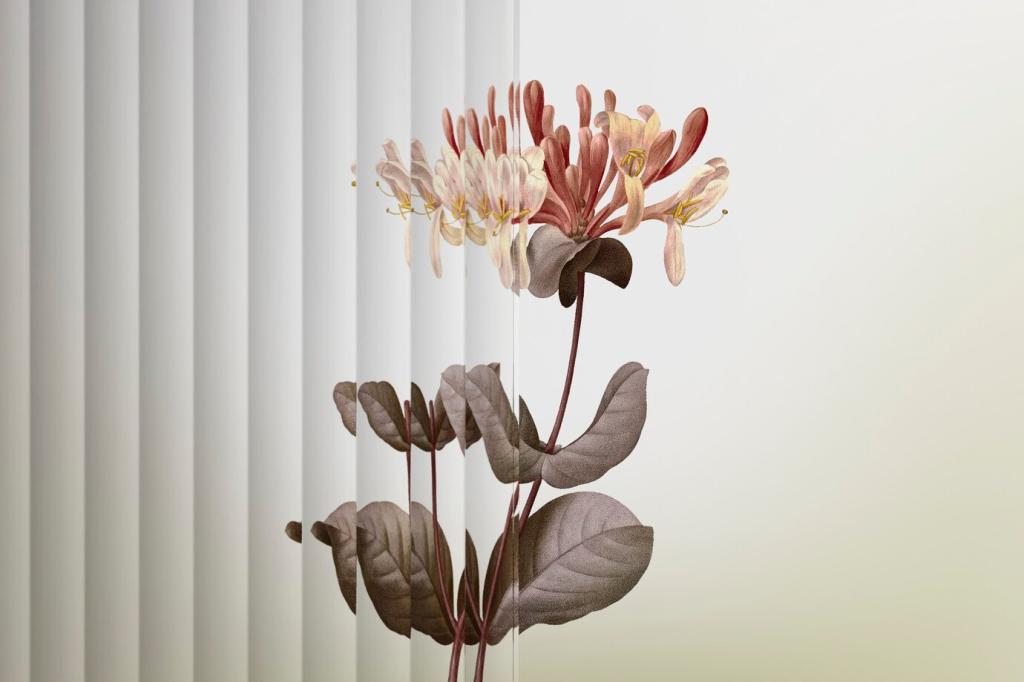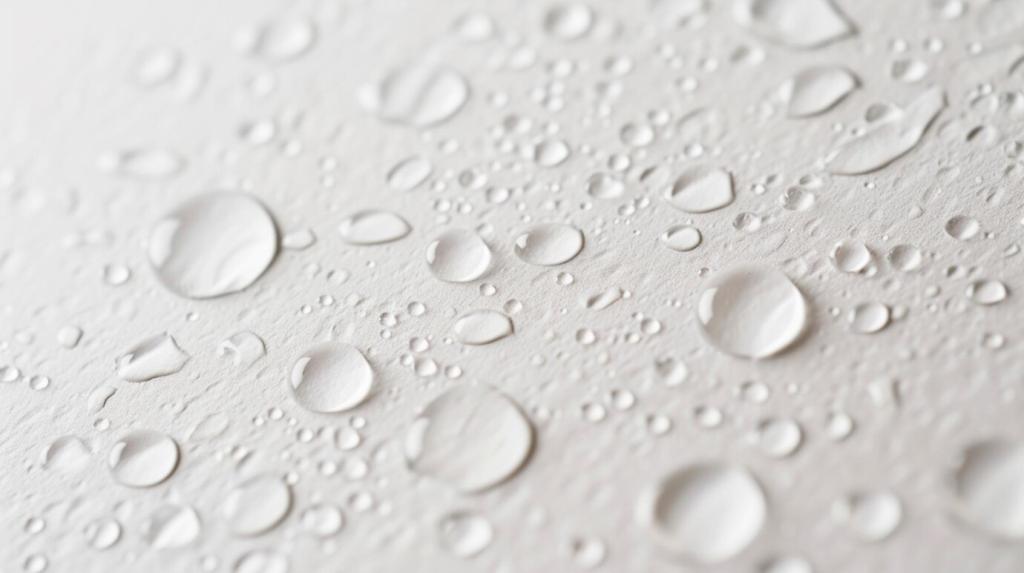Minimalist Art for Your Home
Chosen theme: Minimalist Art for Your Home. Welcome to a calmer, clearer way of living with art that breathes. Today we explore how a few mindful pieces can transform rooms, soothe routines, and invite you to notice what truly matters.
Minimalist art removes noise so your attention rests on line, form, and breath. That quiet focus often unlocks emotion you might miss in busier pieces. Sit with one canvas for a week, and notice how your mornings subtly shift.


Materials That Age Gracefully
Look for cotton rag paper, raw linen, natural wood frames, and archival inks. These humble materials patina gently, matching minimalist honesty. If you value longevity, ask makers about pigments and backing boards, then document care notes inside the frame.

Palette: Soft Neutrals, Quiet Contrast
Whites, bone, sand, clay, and charcoal guide the eye without shouting. Add one controlled accent—sage or indigo—to ground a corner. Keep contrast purposeful, not loud, and invite readers to recommend favorite palettes that calm rather than crowd.
Color, Light, and Negative Space
Harnessing Morning Light
Hang pale works where the sun rises to invite softness instead of glare. Diffuse with sheer curtains so texture emerges slowly. Photograph the piece at breakfast, midday, and dusk, then share your favorite moment with our community for feedback.

Placement, Scale, and Proportion
Choose a single large piece two-thirds the sofa’s width, hung so the center sits at eye level. Leave generous margins from edges. This lets lines read clearly, creating a calm anchor that invites conversation rather than competition.
Placement, Scale, and Proportion
Small art thrives when thoughtfully isolated. Place a postcard drawing on a narrow wall with ample white space. Spotlight gently to create intimacy. Visitors lean in, slow down, and often remember that tiny moment longer than any oversized statement.
Placement, Scale, and Proportion
Hallways carry movement, so keep art minimal and evenly spaced. Repetition of scale and frame color builds rhythm. Try three related studies at consistent heights, then ask readers whether the sequence calms their stride or sparks quiet curiosity.
Thrifted Frames, Elevated Feel
Search for solid wood frames at thrift shops, refinish with matte oil, and pair with archival mats. Simple upgrades make modest prints feel museum-worthy. Share before-and-after photos with our community; we love celebrating resourceful transformations.
DIY Monochrome Studies
Create minimalist pieces with ink, charcoal, or a single acrylic hue. Focus on composition and restraint. Limit yourself to three gestures, then stop. Post your results, tag the blog, and subscribe for monthly challenges that refine your minimalist practice.
Caring, Curating, and Evolving

Protecting Simplicity
Use UV-protective glazing, avoid direct heat, and dust gently with a microfiber cloth. Minimalist surfaces reveal smudges easily, so handle pieces with cotton gloves. Make care part of your ritual, like watering plants or airing linens weekly.

Seasonal Edits
Each season, ask what still resonates. Keep pieces that steady your days and release those that no longer serve. This mindful editing preserves clarity at home and in mind. Share your keep-or-let-go stories to encourage others.

Letting a Piece Go
Passing art to a friend or donating to a community space can extend its life. Include a note about what it taught you. Invite recipients to comment here about its new home, continuing the artwork’s quiet conversation.

Stories from Real Homes
Maya replaced posters with a single charcoal horizon above her desk. Her video calls felt calmer, and she finished tasks faster. She wrote to us saying the blank margins became her best collaborator, reminding her to breathe between emails.
